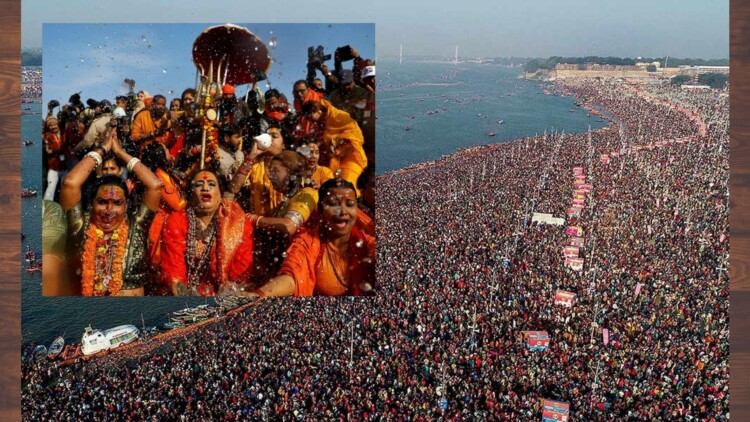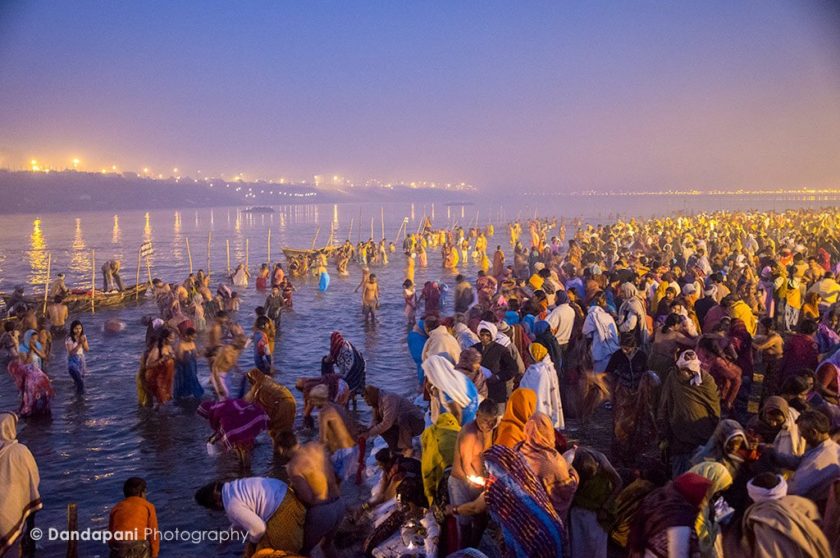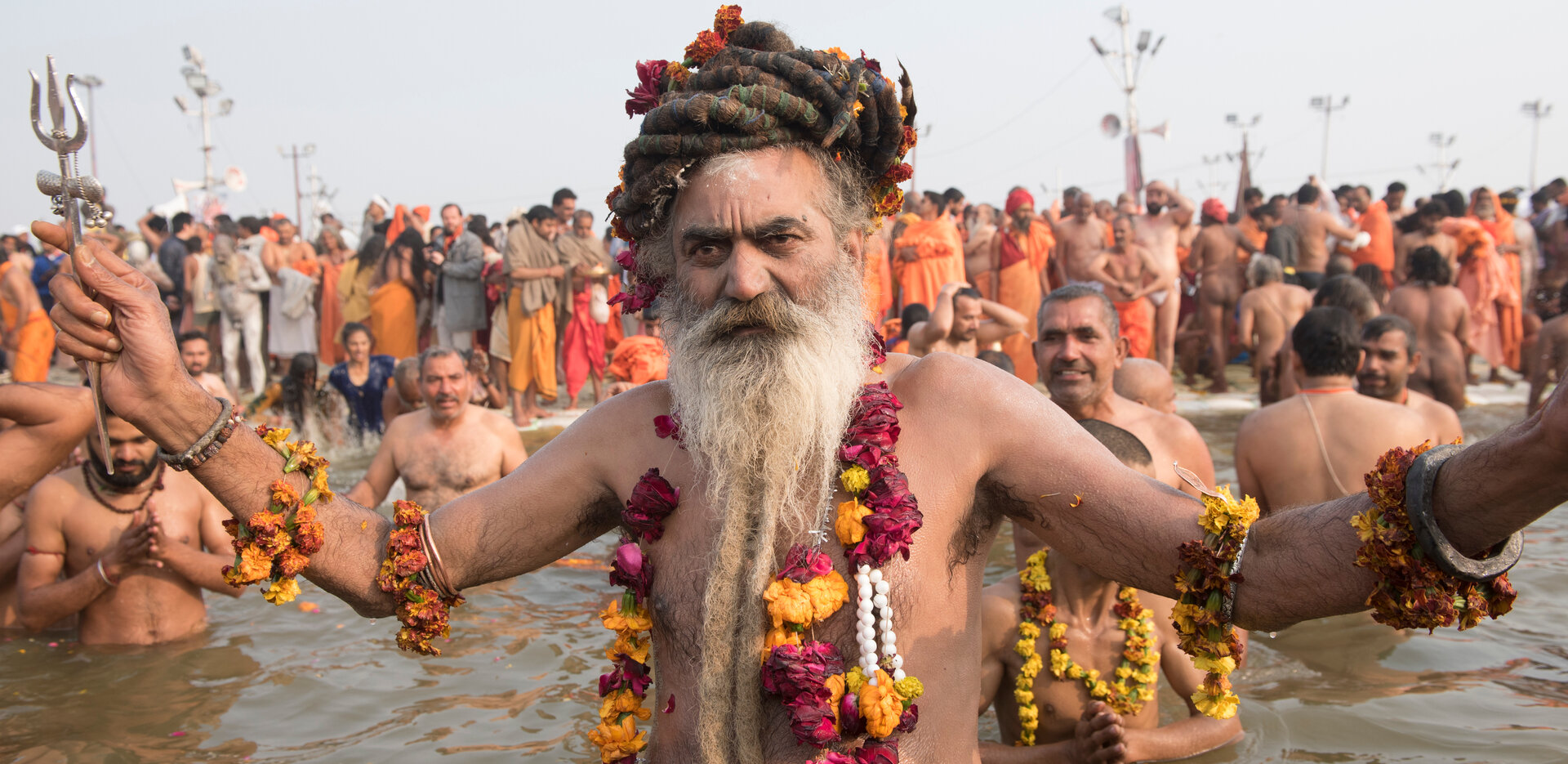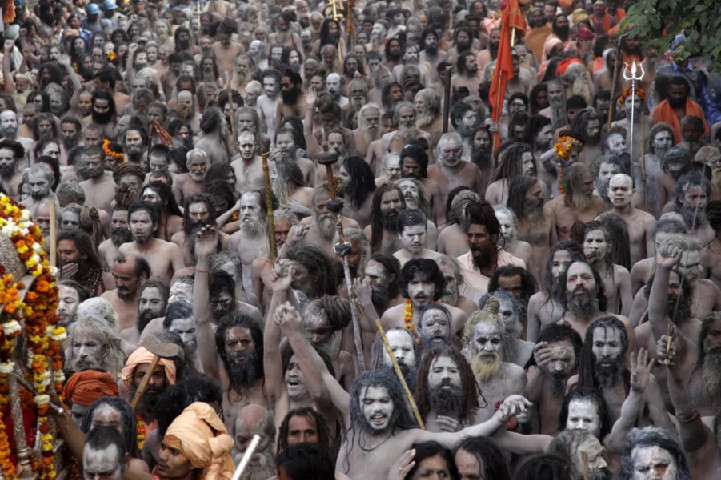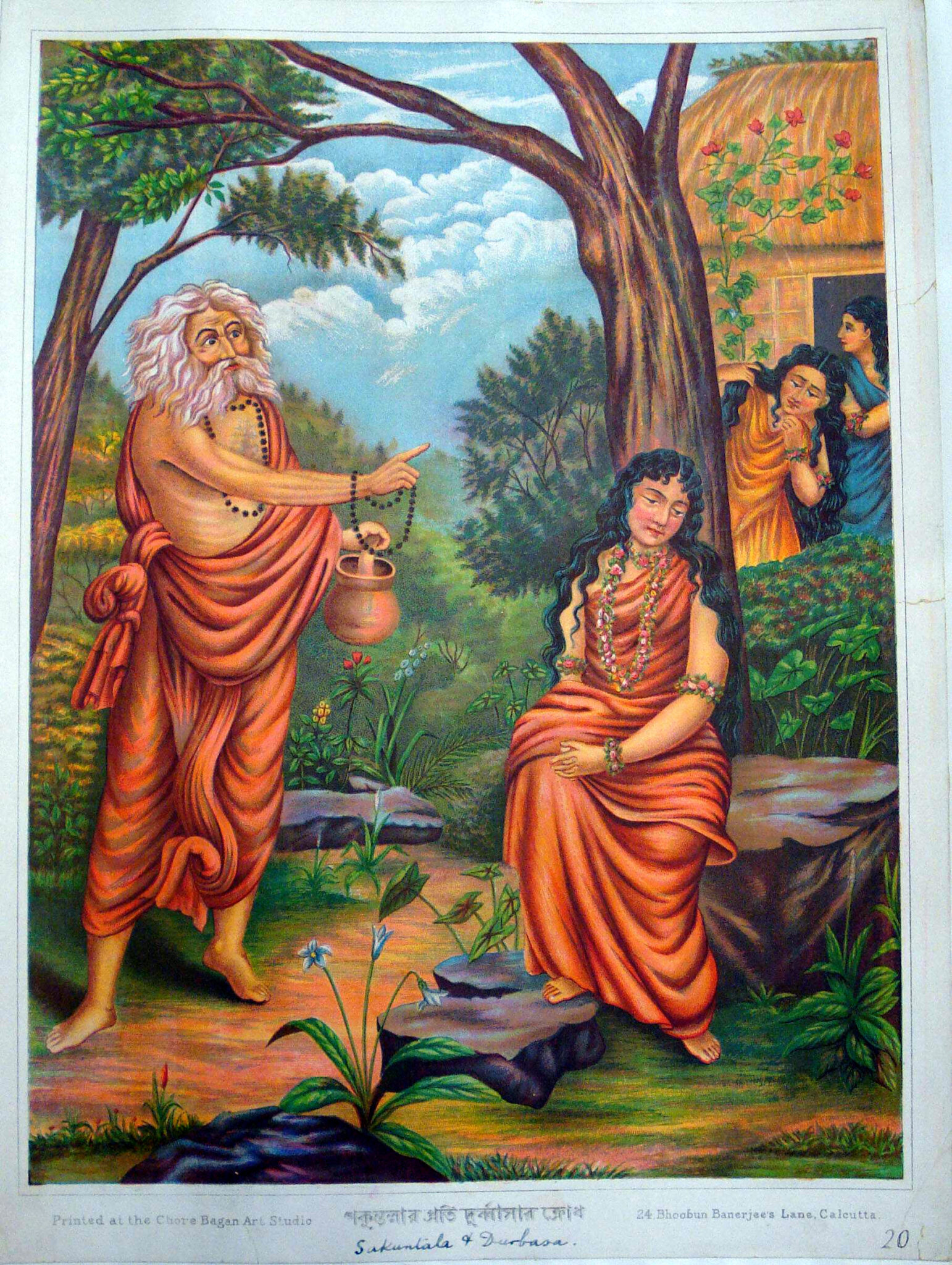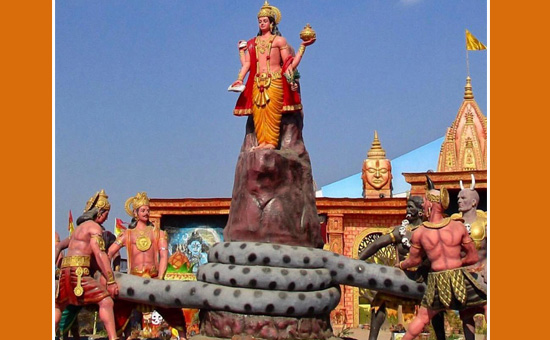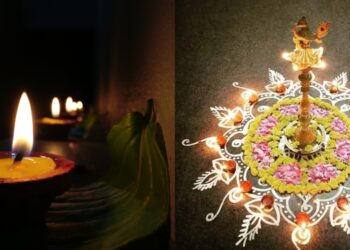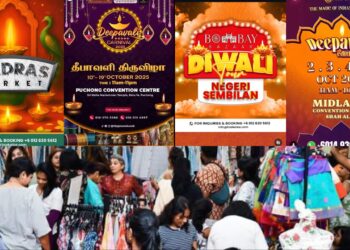The largest human gathering in the world is said to take place every 12 years in India. During the 55-day festival season, a staggering 100 million people descend to Allahabad by the Ganges River, with 10 million bathing in the Ganges on the first day alone.
Most Hindus in other parts of the world are unaware of the Kumbh Mela, a major Hindu festival. It is believed, however, that taking a dip in the holy Ganges will simply wash away all their sins and cleanse their soul.
The normal Kumbh Mela occurs every three years, the Ardh (half) Kumbh Mela occurs every six years at Haridwar and Allahabad (Prayag), and the Purna (complete) Kumbh Mela occurs every twelve years, based on planetary movements, at four locations: Prayag (Allahabad), Haridwar, Ujjain, and Nashik.
After 144 years (and 12 ‘Purna Kumbh Melas), the Maha Kumbh Mela is held in Prayag.
The location of the Kumbh Mela is determined by the positions of the Sun, Moon, and Jupiter in different zodiac signs during that time period.
Having said that, here are five facts about the distinguished Kumbh Mela festival:
In 2013, the Kumbh Mela in Allahabad drew a record crowd of approximately 10 crore people!

Picture credit: Dandapani Photography The festival has been going on for over 2000 years! The first written evidence of the Mela can be found in the accounts of Chinese traveller Xuanzang, who visited India during King Harshavardhana’s reign.

Picture credits: Club Mahindra Several holy men from various Hindu faiths attend the Mela, including Nagas (who don’t wear clothes), Kalpwasis (who bathe three times a day), and Urdhawavahurs (who believe in putting the body through severe austerities). They come to the Mela to carry out sacred rituals for their respective groups.

Picture credits: Orient Rail Journeys Blog
A Collection of Luxury TrainsThe origins of this Mela can be traced back to a time when the gods lived on Earth. Sage Durvasa’s curse is thought to have weakened the gods and wreaked havoc in the world.

Picture credits: Wikimedia commons - They began churning out the nectar of immortality with the help of the asuras on Lord Brahma’s advice. When the asuras realised that the gods would not share the nectar with them, they pursued them for 12 days. During this time, some of the nectar fell at the four locations where the Kumbh takes place.

Picture credits: eSamskriti
Kumbh Mela is not a celebrative festival, but rather a religious ritual that many people believe washes away our sins, as mentioned earlier. However, the pandemic has constrained this sacred event in a variety of ways in order to control the spread of coronavirus.
Follow us on Instagram, Facebook or Telegram for more updates and breaking news.


